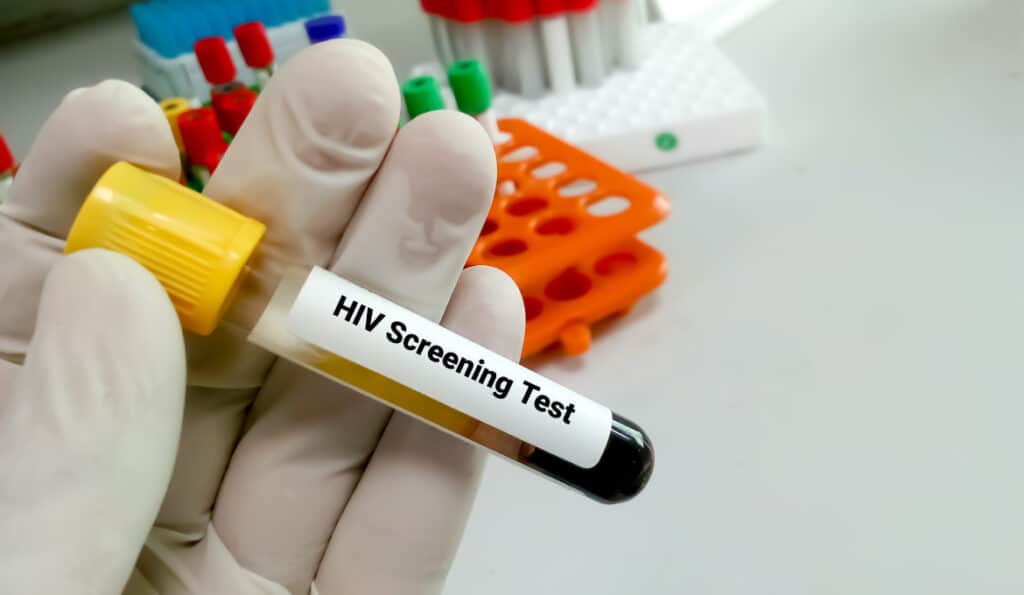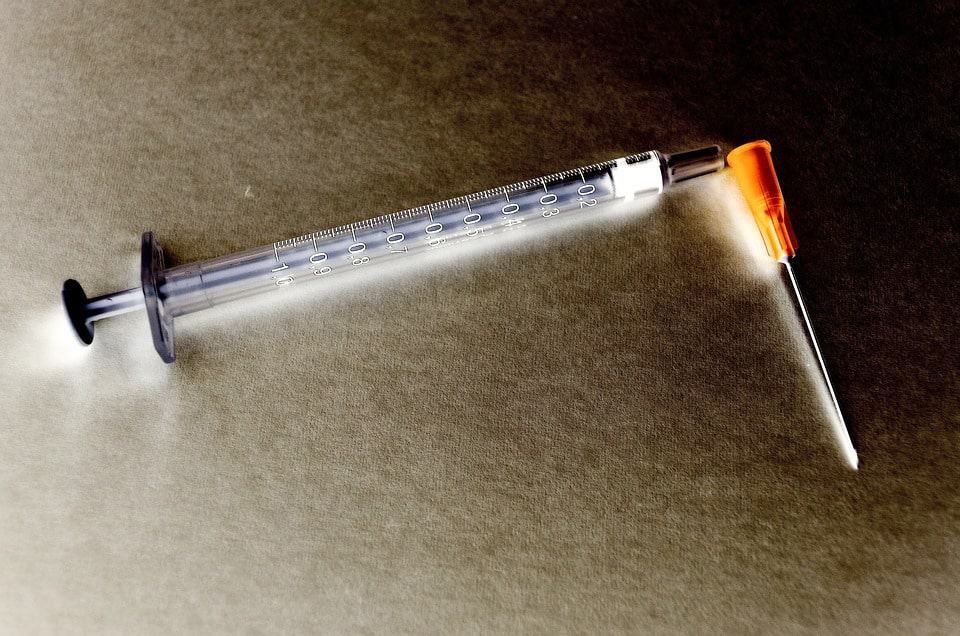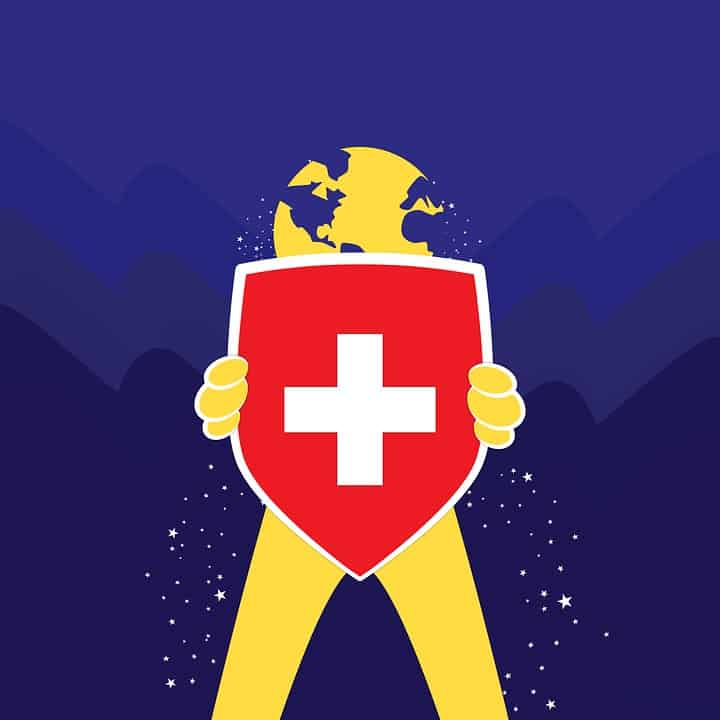
AIDS is Acquired Immunodeficiency Syndrome which is caused by the human immunodeficiency virus. When multiple diseases, infections, or disorders co-occur, it's called a syndrome; AIDS results from a compromised immune system.
Over the past decades, the number of HIV AIDS patients has been increasing globally, once you have HIV in your blood, you can't get rid of it entirely, but treatment and a good lifestyle can bring a better prognosis.
What is a virus?
To understand HIV, we should first know “what is a virus?” In simple words, a virus is a microscopic particle that can enter the cells of an organism and can be part of it, remaining undetectable for years, with or without showing any signs and symptoms.
A virus always needs a host for its survival, as it cannot live freely. They need to get into the host cells for their survival; they multiply there, complete their cycle, and then get transmitted to the other host.
Structure of virus
It is essential to understand the structure of a virus to treat any disease or syndrome like AIDS; a virus contains nucleic acid (RNA or DNA) surrounded by a protein coat.
Sometimes protein coats are protected by capsid. Viruses have very detrimental effects on their hosts and are real dangers. These can affect any form of living, including animals, plants, and even bacteria.
History of HIV and AIDS
We live in the twenty-first century, where medical engineering and technology have made many discoveries, and new research found many cures for diseases, but still getting a diagnosis of HIV AIDS is considered a big deal.
Human immunodeficiency virus was transferred to humans from the hunted blood of chimpanzees in West Africa. In 1930, after four decades, it reached the US, and many cases were reported in the USA. It was named AIDS when many diseases were seen in groups of homosexual men.
How HIV causes AIDS?
HIV works like other viruses. It enters into human blood and becomes part of the cells that are defenders of our bodies. This virus mutates there, replicates, and eventually weakens the soldiers that fight for us: invaders attack and cause destruction.
Defense System or Immune System
To understand immunodeficiency syndrome better, we need to know what is the immune system of our body and, how it works, how viruses can deteriorate it, just like soldiers in the army protect the country from foreign entities and a housekeeper preserves the house from robbers, the immune system of our body work similar manner.
It protects our bodies and improves our way of living; if we don't take care of it, it doesn't take care of us.
The immune system contains different organs and tissues and a complex network of many processes and manufacturing of proteins that are weapons against unwanted, infectious microbes. All work collectively against outsiders and fight off different diseases and infections.
Parts of the immune system
Many parts of our internal system, like bone marrow, thymus, lymph nodes, skin, spleen, tonsils, mucous membranes, and granulocytes (B lymphocytes and t lymphocytes), make up our immune system.
Location of the immune system
They are present everywhere in our body; as soon as any microbe, parasite, virus, bacteria, fungi, or toxin enters the body, lymph nodes get activated, analyze and detect the type of microbe and chemical they release, lymph nodes send white blood cells to destroy the particle, hundred of lymph nodes present including the area of armpit, groin, and neck.
Indication of swelling of lymph nodes can be alarming and needs proper screening because it can relate to any immune-suppressed symptoms.
Out of a hundred seventy percent components of the immune system present in the gastrointestinal tract (healthy bacteria)and urogenital tract, we cannot realize how diet affects our defense system. Diet plays a vital part in keeping us healthy.
Mechanism of the immune system
Collaboration of WBCs, antibodies, complement system, lymphatic system, spleen, and bone marrow can act as warriors.
- White blood cells.
- Antibodies
- Complement system
- Lymphatic system
- Spleen
- Bone marrow
Ø The bone marrow produces white blood cells, spongy tissue in our bones; WBCS is all over our blood, and they reach where they are needed most and kill and engulf the microbe. This process is also called phagocytosis.
Ø Antibodies; antibodies are globular cells and also called proteins, and work against antigens (toxins).
Ø The complementary system enhances the effect carried out by the antibodies.
Ø The lymphatic system; is a complex network of small delicate tubes in the body called the lymphatic system. It is essential and mainly performs many functions, like regulating fluid.
Ø Spleen; the spleen is a tiny organ and part of the immune system which filter the blood and purify it by removing toxins, antigen, old red blood cells, etc.
Ø Bone marrow; is present in bone, a tissue that formulates the white blood cells, red blood cells, and platelets.
Ø Memory cells like (B lymphocytes and T lymphocytes) detect any foreign particle in the body and destroy it by making proteins called antibodies; antibodies attach to the outsider entity, which is called an antigen.
Antigen and antibody action-reaction is named our immune system. When it gets suppressed by environmental factors or by any virus like HIV, it's called AIDS.
There are five types of immune cells:
- T cells
- Nk cells
- Neutrophils
- B cells
- Monocytes or macrophages
There are three types of immunity:
- Innate or natural immunity
- Adaptive immunity
- Passive immunity
A healthy lifestyle, proper sleep, exercise, a healthy diet, less stress, and good use of antioxidants, minerals, and vitamins can boost our immune system, and we might fight better off these infections. No doubt these are our weapons to fight and live long happily.
If stress, anxiety, and the use of medicines are high, we most likely experience a weak immune system; colds, flu, and upset stomach are signs and symptoms of a weak immune system.
We always feel tired, our wounds are less likely to heal, and immunocompromised conditions may lead to many allergies.
Route of transmissions of HIV
There are many routes where this virus finds its new hosts; we can stop its spread only by taking care of these routes. HIV can transmit to another person via:
- Blood
- Semen
- Vaginal fluids
- Breast milk
- Rectal fluid
- Sore mouths
- Broken skin
HIV can transmit to a child during pregnancy, even during childbirth or breastfeeding.
Symptoms
AIDS is considered a dangerous and life-long syndrome that acquires many diseases, infections, or even cancers at the same time.
The body of the patient can not deal with multiple life-threatening challenges at the same time, which results in death. That's why screening and prevention is the only solution we can save many lives.
Acute infection
This is the phase where the patient experience slight acute symptoms.
- Cold
- Flu
- Fever
- Headache
- Muscle ache
- Joint pain
- Sore throat
- Painful mouth sores
- Night sweat
Patients have these symptoms after fifteen to thirty days of the onset of HIV.
Medical care providers should recommend screening at this stage if the patient feels they are at high risk of AIDS. Diagnosis at this stage may be lifesaving for the patient.
Chronic infection
HIV, once it enters a patient's bloodstream, shows a very deceitful nature as it hides somewhere and remains undetectable for years after showing acute symptoms of infection.
United States center for diseases control and prevention recommends screening people aged from teenage the too early sixties and people who are likely to have multiple mating partners.
HIV goes silent after showing minor symptoms for years when it takes complete control of the defense system and causes destruction; then it causes AIDS.
Results come as many cancers, neurological disorders, and many diseases, but chronic symptoms are like
- Sweat chills
- Re-occurring fever
- Chronic diarrhea
- Swollen lymph glands
- Lesions on tongue
- Fatigue
- Weakness
- Weight loss
- Skin rash
- Neurological disorders are like
- Burkitt lymphoma
Others are:
- Candidiasis
- Respiratory tract infections
- Coccidioidomycosis
- Chronic intestinal infections
- Cryptosporidiosis
- Cytomegalovirus
- Herpes simplex
- Encephalopathy
- Histoplasmosis
- HIV wasting syndrome
- Invasive cervical cancers
- Immunoblastic lymphoma
- Recurrent pneumonia
HIV Screening
In advanced facility hospitals, doctors ask for HIV screening. Test performed on the blood and saliva of the patient.
There are three types of HIV tests.
- Antigen-antibody test
- Antibody test
- Nucleic acid test
- Antigen-antibody test
In this test, we take blood from the arm of the patient, and the lab technician checks the antibodies against the antigen (HIV). Detrimental reports come after approximately two months.
Antibody test
This test performs mainly on the blood and saliva of the patient and shows definite results after three months.
Nucleic acid test
A Pap smear in this test may show the CD4 count.
Treatment of HIV
Treatment is essential as we can save a life, and health practitioners always suggest early diagnosis and on-time treatment.
If we start proper treatment and follow-up checkups early, there are more chances to decrease the chances of HIV in the body. Antiretroviral therapy and ART medication are both effective against AIDS.
Antiretroviral therapy
It is a combination of different pills that has the potency to reduce or decrease the viral load in the blood. Doctors prescribe it and recommend taking medicines on time .proper intake with a combination of the other medications can stop their mutation.
ART Medication
- Art medication includes Six types of drugs that work effectively against HIV.
- Nucleoside reverse transcriptase inhibitors (NRTIs)
- Non-nucleoside reverse transcriptase inhibitors (NNRTIs)
- CCRS antagonists
- Fusion inhibitors
- Integrase strand transfer inhibitors
- Protease inhibitors
Treatment adherence
Treatment of AIDS is long and needs consistency and focus on checkups and a good lifestyle.
Persistent thriving on the virus can decrease the symptoms and wellness of the patient .any type of negligence and ignorance in the episodes of the treatment can result from the resistant virus in the body; the virus can multiply and get more potent if the patient misses any dose or appointment. This is called treatment adherence.
Prevention
Prevention is always better than cure; small precautions can save a lot of money, time, unwanted pain, and the struggle of getting treatment.
Sexual protection
A person with many partners should use condoms. There are male and female types of condoms present in the market with different qualities, so a better quality condom not only can save you from HIV but can protect you from unhygienic conditions as well.
New needle
Every time doctors and other paramedical staff should use a new needle, .it can stop viruses from transmitting to a new host. Hepatitis C and many other diseases that spread through the blood medium can stop spreading.
Pregnant women
HIV can transfer to a newborn from an expecting mother; ART therapy can reduce the chances of the baby getting
Pre-exposure prophylaxis
It's also abbreviated as PrEP; it is an action or treatment plan before the patient gets HIV.when the patient is at high risk, many medicines are given to him to minimize the chances of getting HIV. It is called pre-exposure prophylaxis.
Post-exposure prophylaxis
It is a treatment plan or action for a patient when They have HIV. It is also abbreviated as PEP.
Screening for STD
A person should also get screened for sexually transmitted diseases.
CD4 (T cells) count
CD4 refers to white blood cells. They act as a marker in antiretroviral activity, if there are more CD 4 counts, there will be more good outcomes of the treatment, but less white blood cell count shows more viral load in blood and poor prognosis.
Conclusion
Every human being is unique and precious. As a medical doctor core purpose of life is to save lives; as for now, there is no complete cure for AIDS, but prevention, a good lifestyle, gratitude, and healthy habits are the new cure for it.
Life is a blessing, and individuals should live it to the fullest by protecting and honoring their bodies.
Read Also:







